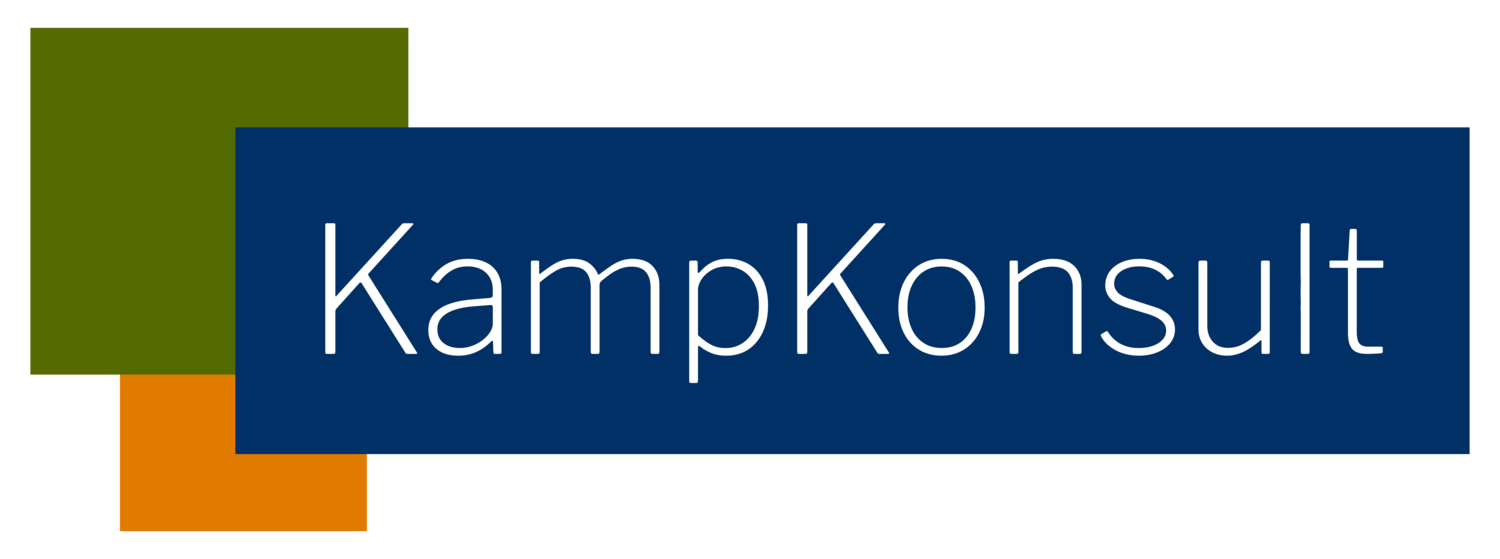The Salesforce ecosystem - an introduction
Are you familiar with all parts of the Salesforce ecosystem? Probably not. Why should you care? Because you’re most likely missing out on valuable (and free) stuff. Let me show you what is out there and how to navigate the extensive ecosystem of Salesforce.
What is the ecosystem?
The ecosystem – essentially a network of experts – which Salesforce has created, consists of a few different parts. Of course, it starts with Salesforce. They create the cloud-based software platform and have their headquarters in San Francisco, USA. They also sell licenses and provide support services for their platform, together with a limited amount of implementation services.
The obvious other part is the customer-base of Salesforce. The customers are spread out all over the world and so are their customers, who are often also the end-users of the platform.
The platform is fairly standard ‘out of the box’ and highly customisable. Because of this, customers usually need an expert to customise it, in order to make it work. These experts are generally sourced from business partners of Salesforce, who provide services for the implementation, customisation and adoption of the platform.
Just like other platforms, Salesforce has a marketplace for apps, the AppExchange. Here you can find apps, plugins, tools and reporting-templates, built by ISV (Independent Software Vendor) partners. An ISV is a software- or services-provider that offer their Salesforce-approved-solution through the AppExchange.
One of the things that make the Salesforce ecosystem very special, is the active and welcoming community. This community (often called the Ohana) mainly consists of customers, end-users and partners worldwide, who share their knowledge and experience. They share this as volunteers, using a wide range of channels and tools.
The activities of the community can be split into a few sub-groups:
User groups: interactive gatherings, usually specialised in one topic
Salesforce Saturdays: smaller gatherings, focused on personal development and the Trailhead (online learning) platform
Dreamin’ events: conferences of 1 or 2 days, focused on networking and sharing knowledge
This infographic shows how the 4 parts of the ecosystem are connected. They are complementary to each other.
What’s in it for you, the customer?
In short: Salesforce provides the platform for you to better manage your business and service your customers. Partners provide you with the knowledge and services to get the most of your Salesforce investment. The community is your go-to for education, networking and insights in how other customers ‘do it’.
When talking to Salesforce about purchasing or renewing licenses, make sure to involve an implementation-partner. If Salesforce doesn’t have a recommended partner, go to Appexchange to find one. Partners usually specialise in a product, industry or a niche part of the platform.
When you start talking about details and functionalities the platform should have, make sure to check for existing solutions provided by ISV-partners. This could save you a considerable amount of effort and resources. Did you know tools like Zapier can integrate Salesforce with other systems or platforms, like your marketing automation platform, ERP-systems or websites and webshops? Building integrations like this from scratch can be complicated and expensive.
During the entire lifecycle of Salesforce within your organisation, you can rely on the community to expand your network, find resources (employees or freelance consultants), free education and support. The community loves sharing knowledge and helping each other out, both online and in-person.
Curious to get to know your local community better? Search the Trailblazer Community Groups to find user groups or go to this overview of Dreamin’ events, to find events like YeurDreamin’.
What to do next?
Now you know what is on offer and where to find it. The ecosystem can be difficult to navigate as its range and complexity continue to grow.
Save (or print, if you’re into that) the infographic to remind you where to look for knowledge, to expand your network, education or free support.
You can also just be lazy and contact me directly, for a guided tour through the ecosystem.

